|
Lec Quiz #2
Name the 3 differences between DNA (Deoxyribonucleic acid) and RNA (Ribonucleic acid)


Name the 3 differences between DNA (Deoxyribonucleic acid) and RNA (Ribonucleic acid)

- Type of Sugar (DNA lacks an OH- group)
- RNA contains Uracil instead of Thymine
- DNA is a 3-D Structure; RNA is single stranded

Name these scientists who discovered DNA's shape as 3-D Helix
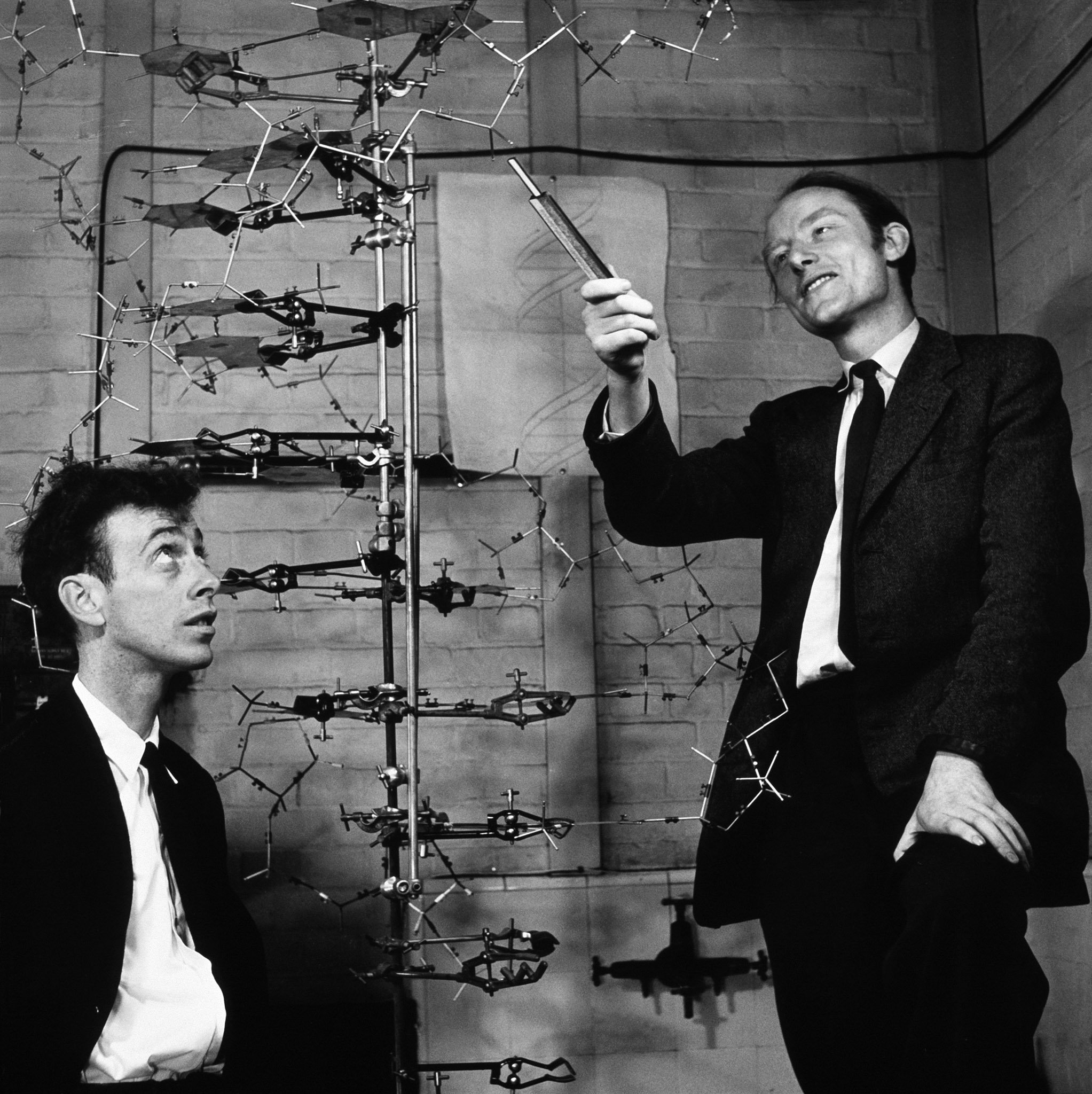

Name these scientists who discovered DNA's shape as 3-D Helix


The pathogenic organism that is responsible for causing Cholera, a disease with a deadly symptom of life-threatening diarrhea, is this bacterial shape


The pathogenic organism that is responsible for causing Cholera, a disease with a deadly symptom of life-threatening diarrhea, is this bacterial shape

Vibrio - The "curved" rod

Klebsiella pneumoniae is an example of an organism with this shape


Klebsiella pneumoniae is an example of an organism with this shape

Coccobacillus - The "short, bumpy" rod

Correctly identify which picture is of a spirochete and explain reasoning
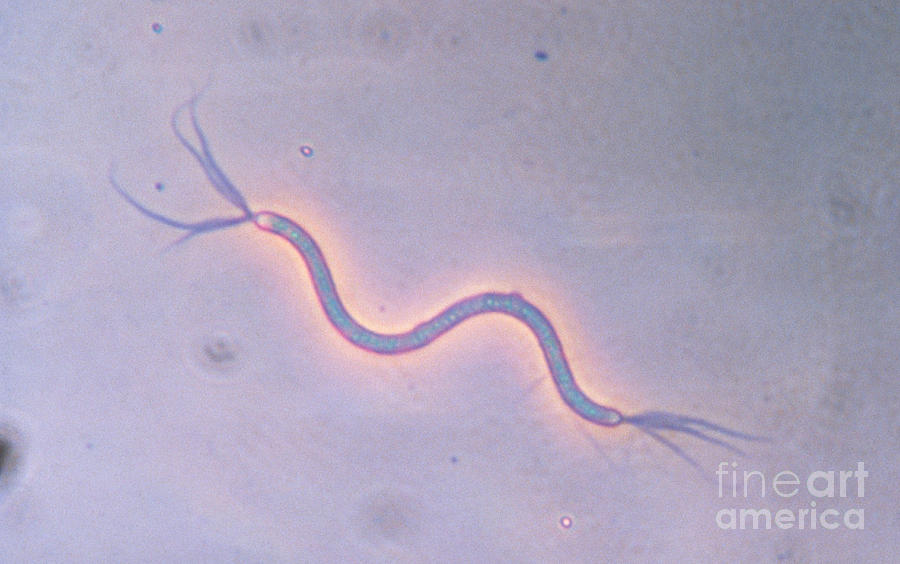


Correctly identify which picture is of a spirochete and explain reasoning


The picture on the right is the spirochete. This is due to the microbe on the left being spirillum due to having flagella (amphitrichous), which spirochete do not have. Spirochete move by the axial filaments contained within their periplasmic membranes.

On a Gram Stain test (Lab 3-7), Gram (+) would stain this color


On a Gram Stain test (Lab 3-7), Gram (+) would stain this color

Gram (+) would stain violet or purple in a Gram Stain test

Name this component found besides the thick peptidoglycan in Gram (+) cell walls
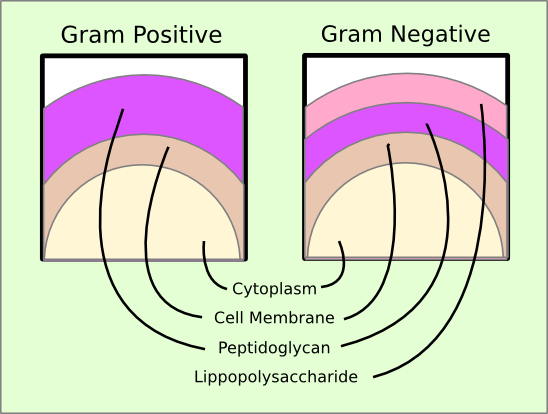

Name this component found besides the thick peptidoglycan in Gram (+) cell walls


Explain why Gram (-) bacteria are less sensitive to antibiotics such as penicillins


Explain why Gram (-) bacteria are less sensitive to antibiotics such as penicillins

Gram (-) bacteria are less sensitive to antibiotics such as pencillins due to a protein they have in their outer mebranes called porins. Porins function to regulate which molecules (antibiotics, etc) enter and leave the cell, and contribute to antibiotic resistance.

Name the term to describe lots of solute outside relative to the inside of the bacterium


Name the term to describe lots of solute outside relative to the inside of the bacterium

Hypertonic - Water follows after solutes and moves down its concentration gradient (high to low), so within the cell there's a higher ratio of water and a lower ratio of solutes than outside. When water does this, the bacteria will shrivel up (plasmolysis).

Name the component in Gram (-) bacteria that contains the part responsible for causing fever and shock when blood-borne


Name the component in Gram (-) bacteria that contains the part responsible for causing fever and shock when blood-borne

LPS (Lipopolysaccharide) - Specificially Lipid A within LPS is an endotoxin which is responsible for those symptoms.

Name the form of the glycocalyx (sugar coat) that promotes the virility of Streptococcus pneumoniae


Name the form of the glycocalyx (sugar coat) that promotes the virility of Streptococcus pneumoniae

Capsule - It's the firmly, organized version of the glycocalyx (sugar coat) which promotes resistance to phagocytosis (cellular eating).

Name the component, called "the internal flagella", that is enclosed in the periplasmic membrane (the space between the cell wall and cell membrane) of spirochetes


Name the component, called "the internal flagella", that is enclosed in the periplasmic membrane (the space between the cell wall and cell membrane) of spirochetes


This component is found only in Gram (-) bacteria and they typically contain only 1-2 that is used in the process called Conjugation
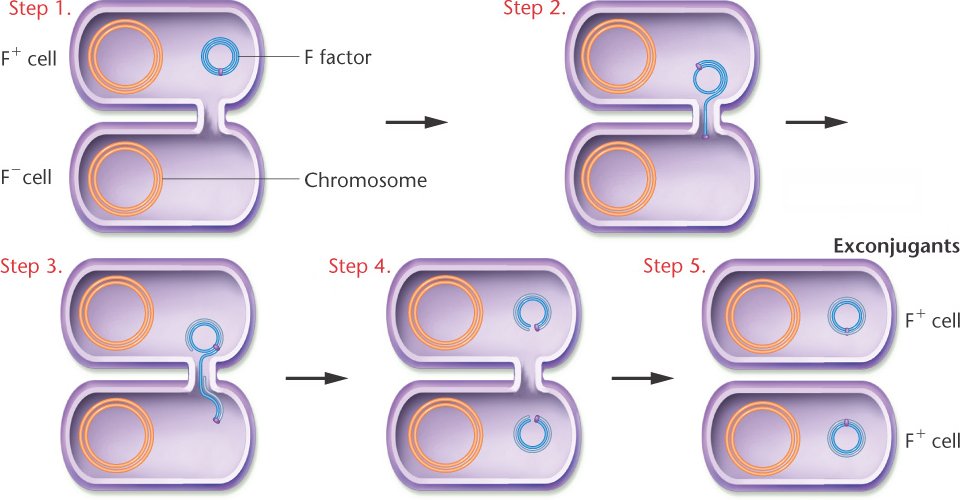

This component is found only in Gram (-) bacteria and they typically contain only 1-2 that is used in the process called Conjugation

Pili- Composed of the protein pilin; Will never see as an external structure in eukaryotic cells

How much chromosome(s) do humans have vs prokaryotic (bacteria)?


How much chromosome(s) do humans have vs prokaryotic (bacteria)?

- Prokaryotic (bacteria) - Only have 1
- Eukaryotics (ex. humans) - 46

In Peptidoglycan, name the component targeted by Pencillins


In Peptidoglycan, name the component targeted by Pencillins

The "Cross-Bridges" or Hexapeptides

Defintion of microbial growth is that what increases?


Defintion of microbial growth is that what increases?

Cell number - Not the size

Name the bacterium genus that has a generation time of 12-18 hours


Name the bacterium genus that has a generation time of 12-18 hours


Solve for total number of cells.
Nt=No(2n)
No = Original # of cell; n = # of generation(s)
3 bacteria were put into a test tube. They have a generation time of 30 mins, and were put into the incubator for 2 hours.


Solve for total number of cells.
Nt=No(2n)
No = Original # of cell; n = # of generation(s)
3 bacteria were put into a test tube. They have a generation time of 30 mins, and were put into the incubator for 2 hours.


Name the phase where bacteria are "prepping"/preparing enzymes for binary fission


Name the phase where bacteria are "prepping"/preparing enzymes for binary fission


Name the phase where the cell walls make it difficult for bacteria to be Gram Stained


Name the phase where the cell walls make it difficult for bacteria to be Gram Stained

Death/Decline Phase - The cell walls aren't as "fresh", so they can't absorb the dyes and possibly give false results (ex. stain as gram + when the bacteria is gram -)

What does it mean to Directly Count?


What does it mean to Directly Count?

Count the amount of bacteria under a microscope

Thermus aquaticus belongs to which organism class of temperature?


Thermus aquaticus belongs to which organism class of temperature?

Hyperthermophile - Organisms in this temperature class live in enrivonments such as volcanoes, hot springs, etc. as they prefer >80oC

Name 3 environmental factors that affect Microbial Growth


Name 3 environmental factors that affect Microbial Growth

- Temperature
- pH
- Salt
- Oxygen level

Most bacterium we work with in lab are this organism class of temperature


Most bacterium we work with in lab are this organism class of temperature

Mesophiles - Organisms in this temperature class prefer 25-40oC, and regular human body temperature is included in this range so most bacteria that cause harm to us are mesophiles

Name the application/reason why measuring bacterial numbers is beneficial
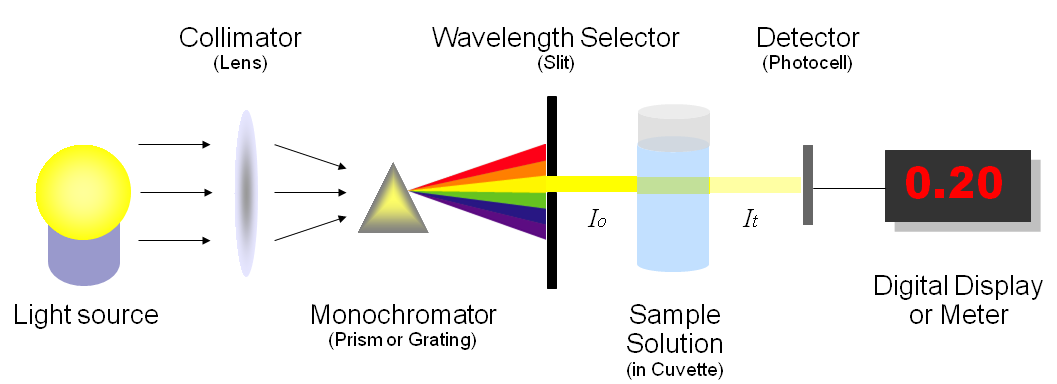

Name the application/reason why measuring bacterial numbers is beneficial

Allows medical personnel to estimate severity of UTI's

Explain why the process of conjugation is harmful

Explain why the process of conjugation is harmful
Bacteria are able to pass information, contained within plasmids, for antibiotic resistance (ex. genes) and toxins which aids in their virulence factor, making them harder to eradicate (kill).


| Team 1 |
 |
|
 |
|
| Team 2 |
 |
|
 |
|
| Team 3 |
 |
|
 |
|
| Team 4 |
 |
|
 |
|
| Team 5 |
 |
|
 |
|
| Team 6 |
 |
|
 |
|
| Team 7 |
 |
|
 |
|
| Team 8 |
 |
|
 |
|
| Team 9 |
 |
|
 |
|
| Team 10 |
 |
|
 |
|

What Would You Like To Risk?

| Team 1 |
 |
|
 |
|
| Team 2 |
 |
|
 |
|
| Team 3 |
 |
|
 |
|
| Team 4 |
 |
|
 |
|
| Team 5 |
 |
|
 |
|
| Team 6 |
 |
|
 |
|
| Team 7 |
 |
|
 |
|
| Team 8 |
 |
|
 |
|
| Team 9 |
 |
|
 |
|
| Team 10 |
 |
|
 |
|
Go To The Final Question
Final Score:

| Team 1 |
 |
|
 |
|
| Team 2 |
 |
|
 |
|
| Team 3 |
 |
|
 |
|
| Team 4 |
 |
|
 |
|
| Team 5 |
 |
|
 |
|
| Team 6 |
 |
|
 |
|
| Team 7 |
 |
|
 |
|
| Team 8 |
 |
|
 |
|
| Team 9 |
 |
|
 |
|
| Team 10 |
 |
|
 |
|

Edit This Game:

|
|




































